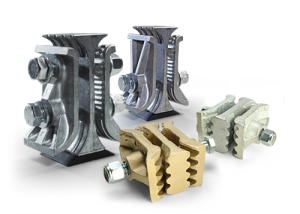Grain bin fumigation is a potentially hazardous aspect of grain farming, but one that is necessary for its operation. Fumigating grain bins involves using chemicals to control pests, requiring careful attention to safety measures throughout the process.
Here are some things to consider that would hopefully provide valuable information on the dangers of the process and how to ensure safety at every stage of the process.
Before starting fumigation
The first and most important step is to keep the grain bin as clean as possible from the start. This means that the grain containers and interior and exterior storage facilities must be thoroughly cleaned of any existing insects. This would help to reduce insect populations before grain bin fumigation is required. To prevent pests from entering, the bins must be inspected for cracks and gaps and to seal these openings with polyurethane foam.
Dangers of fumigation
Aluminum phosphide is a common fumigant available in pellets, tablets, sachets, plates, and strips. However, when exposed to moisture and heat within the bins, it emits phosphine gas. Inhaling phosphine gas is the most common and most dangerous method of exposure. Avoiding any contact between aluminum phosphide and water is critical, as this can release phosphine gas, which can cause fires or explosions.
Safety during the fumigation process
A pesticide applicator permit is required before using any chemicals used for grain bin fumigation. If you are unsure how to handle such chemicals, then hiring professionals to do your fumigation would be wise. Fumigants should always be stored in cool, dry, well-ventilated areas away from heat sources. These areas should be clearly labeled as pesticide storage, and it is recommended to secure them to prevent unauthorized access.
If you have more questions about grain bin fumigation, visit us here at KC Supply Co.




